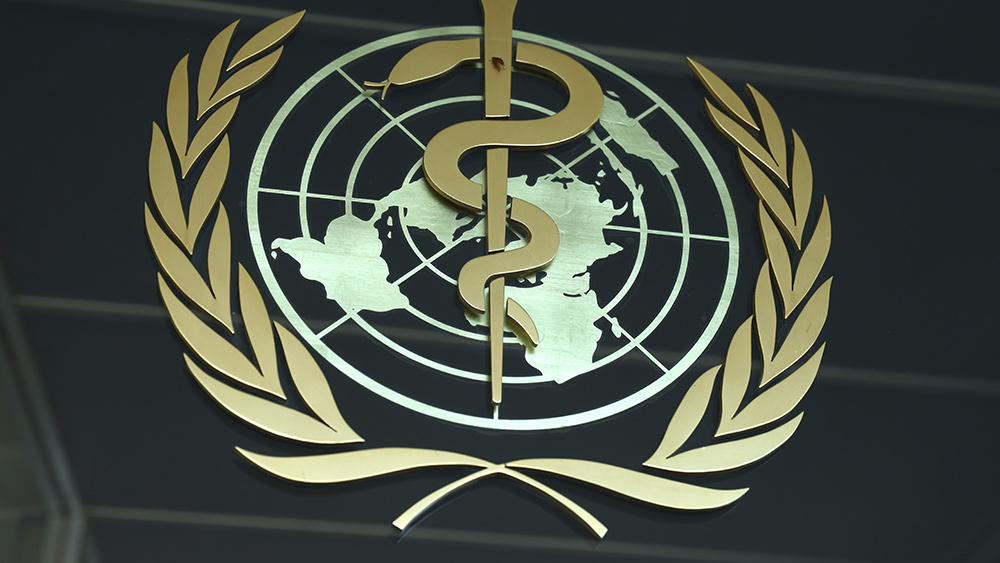
Chinese social media users have confirmed the presence of PCR testing kiosks in the capital, posting that the latter have silently resumed operations on May 29. The media outlet City Interactive, a subsidiary of Zhejiang City Express, later corroborated the reports circulating on social media. It stated that one of the PCR testing booths has been constantly offering tests in Beijing's Xicheng district, albeit the exact duration of its operation remains unclear.
The outlet also mentioned that the testing kiosk in the capital's Chaoyang central business district has resumed operations since March. According to staff members of the kiosk, the testing booth is located in the health center near Jinsong Middle Street.
Similary, PCR testing booths in Qingdao City – the largest city in China's eastern Shandong Province – have also reopened. The Laoshan District Health Bureau in Qingdao issued an online notice stating that from May 29, they would regularly conduct COVID-19 PCR testing for all willing individuals. Xinmin Evening News confirmed the resumption of free testing on May 31, citing staff members of the health bureau.
The reopening of the PCR testing boots in the two areas only point to a small peak in infections between the end of April and early May. China's leading respiratory disease specialist Zhong Nanshan dubbed this as the start of a new COVID-19 wave that the country has been expecting. (Related: Asia braces for new wave of coronavirus infections, more countries to see spikes in caseloads.)
The Epoch Times reported in late April that Chinese citizens had been discussing COVID-19 reinfections on social media. Meanwhile, state-owned media outlets promptly denied the existence of any new outbreak.
Zhong: New COVID-19 infections expected to peak in late June
In a warning published by the China News Agency, Zhong said a new wave of COVID-19 infections in China could peak in late June. He added that weekly cases during this period could potentially reach 65 million. Zhong's prediction scared users on the Chinese social media platform Weibo.
The expert emphasized that COVID-19 prevention and control during the upcoming wave should focus on mitigating severe symptoms, with the latter also serving as a point of discussion on social media.
Some expressed frustration about the lack of relief from the pain and discomfort – which include intense pain, high fevers lasting for days and overall weakness. Others also shared that the symptoms associated with these reinfections involved a high fever followed by a sore throat, causing so much pain.
These remarks aligned with Zhong's statement that a person infected with the B11529 omicron variant can transmit the SARS-CoV-2 virus to more than 30 people. Given this, controlling the spread of infections has proven to be difficult.
Chen Cao, a researcher at the Chinese Center for Disease Control and Prevention's Institute of Viral Diseases, said that majority of COVID-19 infections in the mainland are associated with the XBB series mutant strains of omicron. He told the media that the strains accounted for 95.6 percent of imported cases in the first 10 days of May 2023 alone. According to Chen, the XBB strains are more transmissible and exhibit greater immune evasion properties compared to the early omicron mutant strains.
Head over to Infections.news for more stories about the resurgence of COVID-19 in China.
Watch this video about how the omicron XBB 1.5 variant is more likely to infect fully vaccinated persons.
This video is from the AxeTruth channel on Brighteon.com.
More related stories:
Washington's harvest season brings new wave of coronavirus infections.
Suddenly, there's a new wave of "panic buying" of food across China.
Second wave of coronavirus in Europe starting to affect the elderly.
Projecting "wave 2" and "wave 3" of the Coronavirus pandemic.
Sources include:
Please contact us for more information.






















